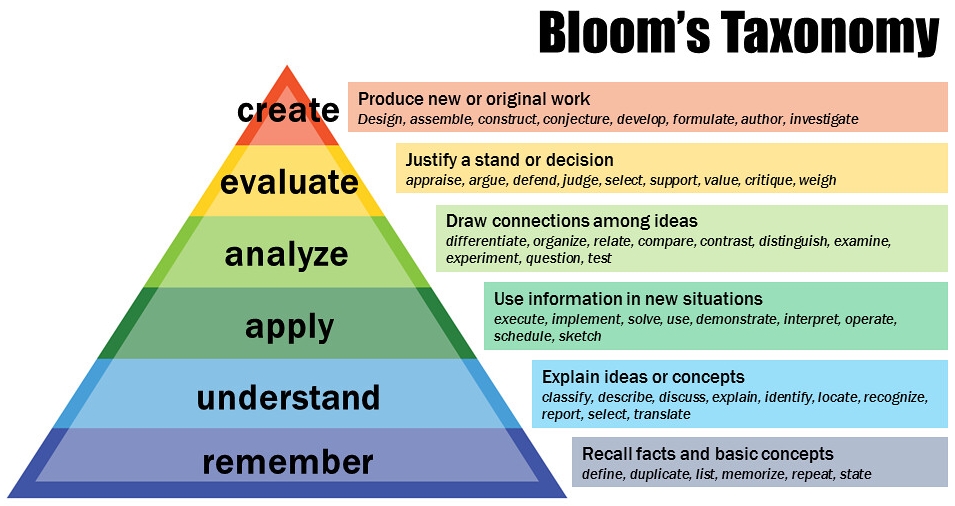Drill And Kill Explained
Drill and kill has been a popular teaching method for years. Learn all about this repetitive learning style and how it impacts education.

Not going to lie. The term “drill and kill” does not elicit a pretty picture, especially when it is used in education. The term conjures up images of Army basic training in the 60s, 70s, and 80s, back in the day when drill sergeants were allowed to put their hands on recruits and did so without regard to life or limb.
What It Is

In many ways, drill and kill in education resembles military basic training. The term, though, also has another name, one you may have heard of – rote memorization. Drill and kill, or rote memorization, has been around teaching and learning circles for years. What many liken it to is when teachers provide students a healthy number of repetitions on one particular skill, over and over, time and time again, until that skill is seared into one’s brain and intellectual curiosity is thusly killed.
“In educational circles, sometimes the phrase ‘drill and kill’ is used, meaning that by drilling the student, you will kill his or her motivation to learn,” says Daniel Willingham, a University of Virginia professor of psychology, via The New York Times. Willingham should know what he is talking about, he is well-known for his literature on learning and memory. “Drilling often conjures up images of late-19th-century schoolhouses, with students singsonging state capitals in unison without much comprehension of what they have ‘learned.’” Granted, Willingham’s comments came over a decade ago, but they are still pertinent even today.
Where It Is Used

State capitals are simply one of the areas where drill and kill work for students. Two of the more popular examples of drill and kill are the most basic of basics – the alphabet and numbers. Think back at the many times your teacher had you in class going over the alphabet. Learning your ABCs was your rite of passage that moved you into that reading circle.
Learning how to count brought math into your young life. It started easy enough by counting to ten. The next thing you knew, multiplication tables were forced upon you in drill and kill fashion. Keep up, recruit!
The alphabet turned into the actual spelling of words. You would have a list of 25 words a week to drill and then kill on your weekly spelling test. The fun, though, didn’t stop there as drill and kill followed you to high school. There we found out that those crazy scientific elements were going to be drilled and killed into our brains. Their chemical numbers were just as important to the drillers and killers.
What Is the Goal?
If you take a look at Bloom’s Taxonomy, this coming courtesy of the Vanderbilt University Center for Teaching, you will see at the bottom of the triangle the word “remember.” This is where it all begins. The goal, obviously, is to get students to reach the highest level of the triangle, but they do have to start somewhere. The alphabet, numbers, sounds, and sight words are the base and there is where you grow.

Repetition is the foundation for memorization. Think about it. It is the basis of learning. Drill and kill don’t only help students just starting their learning adventures, but it helps middle schoolers, high schoolers, college students, and yes, even adults. How does a football player learn his plays? They have to practice them over and over again. What about a musician? Just how do they learn songs? They play it over and over again. Actors and their lines, a pharmacist and their prescriptions, doctors and the wonders of the body. Even a priest needs to know his way around the Bible.

Learning comes in all shapes and sizes. But its foundation lies with drill and kill. But not only does drill and kill help with the initial phases of learning, but it can also help measure how much you have learned and retained. “Testing yourself is really good,” says Willingham. “It actually leads to better learning than studying.” He then went on to explain that “You can’t be proficient at some academic tasks without having certain knowledge be automatic — ‘automatic’ meaning that you don’t have to think about it, you just know what to do with it.” That is the “drill” part in drill and kill. To avoid the “kill” portion, “You’d hope to make it a little less boring for the student.”
Many times, unfortunately, that is easier said than done. Studies show that there are certain threshold repetitive levels that students must hit before they can learn said skill. This doesn’t just pertain to the skill itself, but also the level with which a student can learn.
How Much Is Needed?

For elementary math, the general rule for a student to achieve skill proficiency looks like this: for students classified as gifted, they need 1 to 3 repetitions. For those students classified in the general education range, they would need anywhere from 8 to 13 repetitions. Any student with special education needs would require many more repetitions, but those would vary on the individual student.
Article continues below headlines

The Best Type Of Butter Dish For Your Home Kitchen
The history of the butter dish is intertwined with the history of butter itself and the evolution of dining etiquette. …
Continue reading "The Best Type Of Butter Dish For Your Home Kitchen"
The post The Best Type Of Butter Dish For Your Home Kitchen appeared first on Tell Me Best.
Continue
Voyager 1 Restarts Transmissions After Months | GIANT FREAKIN ROBOT
NASA engineers have received usable data from Voyager 1 for the first time in five months. The information comes after …Continue reading "Voyager 1 Restarts Transmissions After Months"
ContinueIf these repetition numbers seem low, well they are in terms of drill and kill. The whole purpose behind the drill and kill mantra is to continue drilling until there is no doubt whatsoever that the student has mastered a certain skill. So, we know what drill and kill are all about now. Does it still have a place in today’s education system?
The Downside Of Drill And Kill

More and more drill and kill, or rote learning is finding itself abandoned for more updated methods. These include metacognition, associative learning, and critical thinking. These newer techniques are slowly taking over and drill and kill is becoming a relic of the past. Opponents of the drill and kill philosophy claim that this style of learning stunts and suppresses students’ creativity. They say teachers employing this method do not teach kids how to think, how to analyze, or how to problem solve. They feel that if all students do throughout their day is repetition, it won’t give them a great foundation for learning.
But just because new ideas and new styles are coming into play, don’t think drill and kill will go away for good. Students actually need repetition, especially at a young age with the alphabet and numbers. It’s a necessary tool, but one that should be used in moderation.







